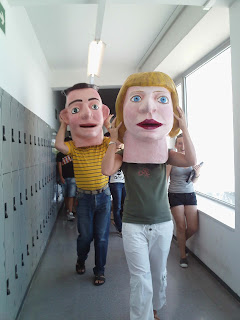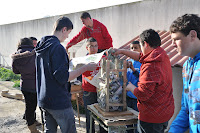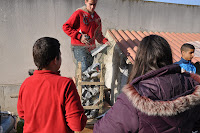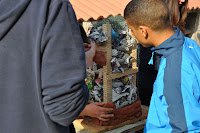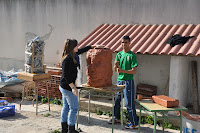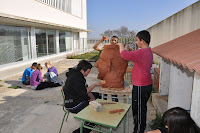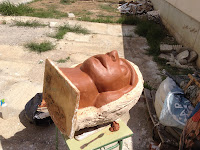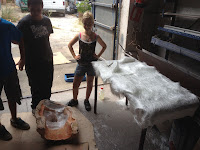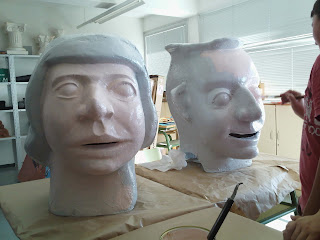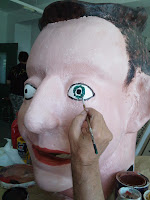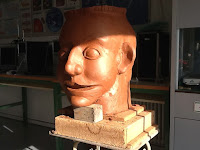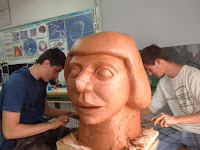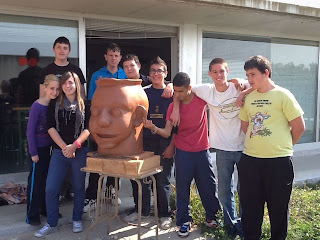Institut
Camarles party 16th June at the sports center in l'Aldea
Acts
of the presentation of the caps-grossos: Delta i Ebre
- Welcome to everybody and especially to the group of “gegants” an “nans” from l'Aldea and the music bands “Verge dels Prats” and “Agrupació musical de Camarles”.
2. Presentation of the project
Party Time.
- Photo montage of the proses of creation of the “caps-grossos”.
- Presentation of the goodparents Maria Aldea i Josep Ramon, of the “la colla de gegants I nans de L'Aldea”.
- Act of presentation of Delta i Ebre: The musical bands “Verge dels Prats” and “Agrupació musical de Camarles” will play together.
- Reading of the manifest of the act of presentation by one of the students who made the caps-grossos.
This document is given to the director of the school.
- Dance of “ sardanes” and “jotes” by the students of 3rd of ESO. The musical bands of l'Aldea and Camarles and “La Rondalla l'Aldeana will play the music.
- The students and families will offer to everybody typical cakes such as “pastissets” and “coquetes” (made by the students) and “cocs” of different taste ( made by the families)
Estimated duration of the act :
from seven o'clock to half past eight in the evening.
Afterwards at nine o'clock there
will be the delivery of the “orles” to the students of 4th
of ESO and 2nd of BAT hosted and organized by l'AMPA, that
will give you the invitation.
